Contact
Henrik Andren, professor
Department of Ecology
henrik.andren@slu.se +46 (0)581-697302, +46 (0)70-2184406
Petter Kjellander, Professor
Department of Ecology, SLU
petter.kjellander@slu.se +46 (0)581-697337
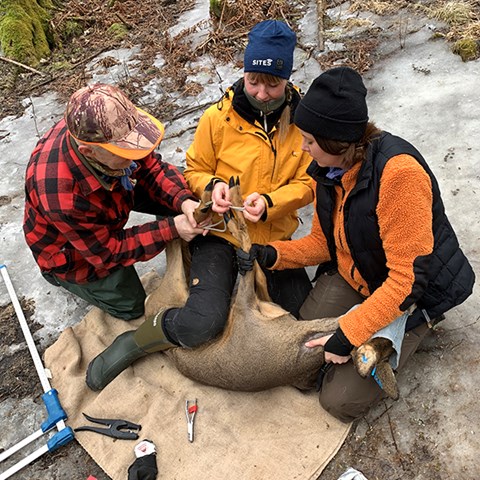
The coexistence of humans and wild animals is at an all-time high. While many people enjoy watching wild animals and since they play a vital role in hunting and ecotourism, human-wildlife interactions can also lead to conservation conflicts that come at a significant cost to society. The management of wildlife is a complex process due to their movement over large areas and each species' specific needs. Our goal is to provide knowledge and tools that facilitate proactive management of wildlife in the future. Through our research, we offer a scientific basis for the conservation and management of wildlife, including birds.
At SLU Grimsö Wildlife Research Station, we are situated in the heart of a 13,000-hectare research area that comprises of some protected but mainly managed forests, meadows, wetlands, and lakes. Our proximity to the animals we study, including deer (moose, roe deer, fallow deer and red deer), cranes, wild boar, wolf, lynx, and wolverine, allows us to monitor their behavior closely. Besides our research in Sweden, we also collaborate with Norwegian researchers on cross-border species. Additionally, we study snow leopards in Mongolia.
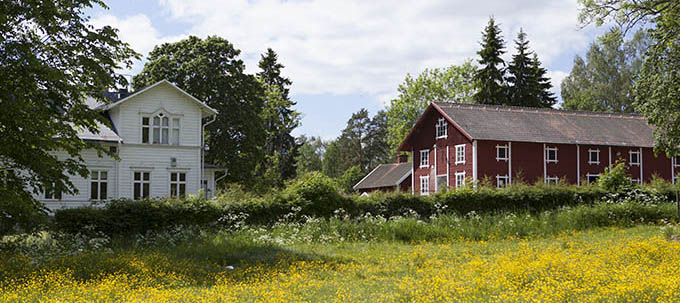
Photo: Jenny Svennås Gillner
Our focus is on wildlife conservation and management, where we investigate and predict the impact of various management actions such as hunting strategies, and land use practices like forestry, agriculture, infrastructure, and ecotourism, on wildlife populations. Our research involves a deep understanding of species ecology, including their movement patterns in the landscape, factors influencing their habitat choice, diet, and variations in survival and reproduction over time and different locations.
One example of our research is studying the complex interaction between wolves, moose, forest (which is the primary food source for moose), and humans (hunters and forestry). This understanding of the ecology of wildlife species is critical in making informed management decisions that balance diverging objectives and reduce conservation and land-use conflicts.
We study the consequences of changing populations of large wild mammals and birds, such as swans, geese, and cranes, which have benefitted from conservation efforts, a warmer climate, and modernized agriculture. While it is positive that they have become less rare, it is problematic that they feed on our crops. Our research focuses on the impact of large grazing birds on biodiversity and how different methods of scaring or luring them away from fields work. We also study the behavior of wild boars, which feed on crops, to find ecologically sustainable solutions that are accepted by those affected in society.
In summary, we strive to find ecologically sustainable solutions to wildlife conservation and management issues by conducting research that considers the complex interplay between wildlife species and human activities, such as land use practices.
SKANDULV - the Scandinavian Wolf Research Project
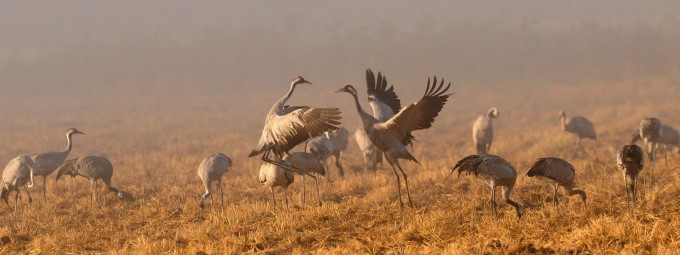
Photo: Johan Månsson
Population genetics plays a crucial role in preserving viable populations of large carnivores. At the Grimsö research station, a state-of-the-art molecular genetics laboratory is dedicated to studying the Scandinavian wolf population, which is one of the most well-documented animal populations in the world. Through our research, we have developed a comprehensive family tree and gained a good understanding of the challenges of inbreeding in the population. This genetic knowledge provides a crucial foundation for developing effective conservation strategies for these important predators.
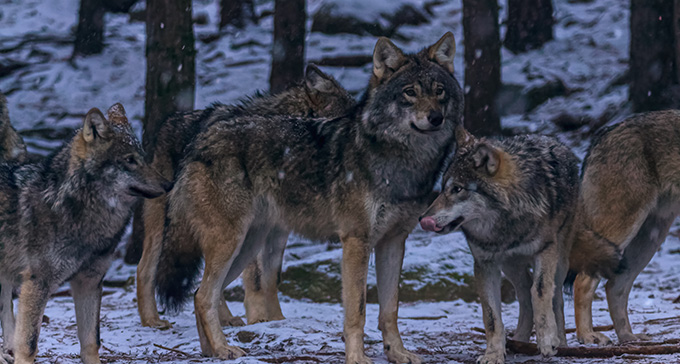
Photo: Rick Heeres
The negative impact of infrastructure and traffic on wildlife and biodiversity is a growing concern, with wildlife accidents on roads and rails on the rise. These accidents not only cause immense suffering to animals but also result in significant costs for society. To mitigate this problem, our research focuses on developing effective countermeasures to reduce the impact of infrastructure and traffic on wildlife and biodiversity. We study how animals respond to and make use of mitigation measures such as fences, passages, and deterrents, and work closely with administrators to develop efficient and effective solutions.
One example of our research findings is the use of acoustic signals such as the human voice, which can induce a flight response in animals and be used to temporarily secure railways shortly before a train passes. This and other innovative approaches to separating animals and vehicles can help restore connectivity across infrastructure while simultaneously increasing traffic safety. By developing effective strategies to mitigate the impact of infrastructure and traffic on wildlife and biodiversity, we can help ensure that future generations can enjoy a world rich in wildlife and biodiversity.
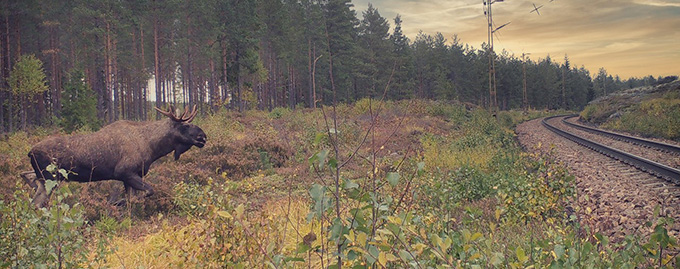
Photo: Camera trap
The raccoon dog, an invasive species originally from Asia, was introduced to the European parts of the Soviet Union in the mid-20th century to increase the availability of fur game. Today, this species is established in Finland and poses a serious threat to ground-nesting birds. Researchers at SLU have been involved in the raccoon dog project for many years and are investigating ways to effectively detect these animals using public observations, wildlife cameras, and animals with GPS transmitters. It is critical that the raccoon dog does not gain a foothold in Sweden, and our research aims to prevent this invasive species from spreading further.

Photo: camera trap
Our research also focuses on the transmission of pathogens between wildlife, livestock, and people from a One Health perspective. For instance, we have been studying roe deer in the Grimsö area and the Stockholm archipelago for several years, monitoring their health and the prevalence of ticks. By understanding the complex interactions between wildlife and pathogens, we can develop effective strategies to reduce the risk of disease transmission between animals and humans.

Photo: Chloé Gadacz
Another area of our research is the intersection of wildlife ecology and politics, particularly with regard to laws and regulations. We explore how legal instruments impact wild animal population dynamics and conversely, how ecological knowledge can inform litigation and policies. Our goal is to promote evidence-based decision-making and ensure that wildlife is effectively managed and conserved.
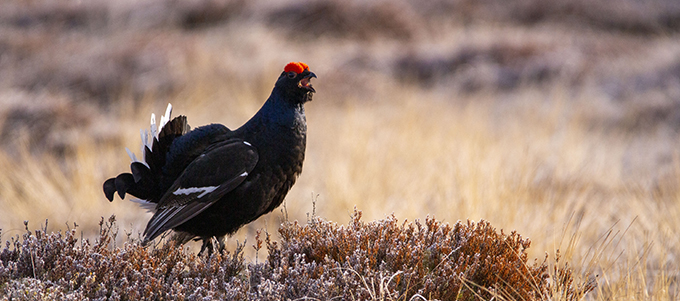
Photo: Carolin Berndt
Our Wildlife Ecology department comprises two research groups: one that focuses on the agricultural landscape and another that mainly studies wildlife in forest landscapes. For more information about our research projects and publications, please visit our website or contact us directly.
Wildlife ecology - agricultural landscape
The Swedish Wildlife Damage Centre provides information and education about management of protected wildlife, such as large carnivores and large grazing birds. There is a close collaboration between researchers and the centre.
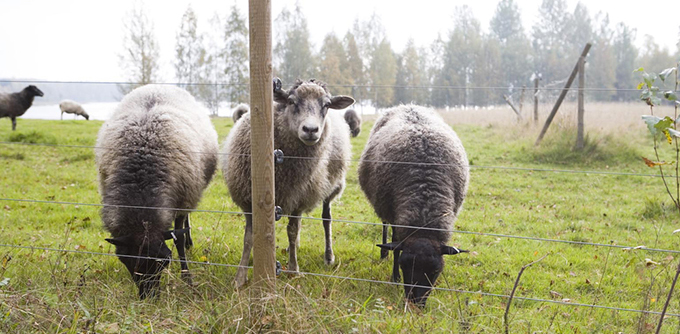
Photo: Hans Bjurling/Wildlife Damage Centre
Henrik Andren, professor
Department of Ecology
henrik.andren@slu.se +46 (0)581-697302, +46 (0)70-2184406
Petter Kjellander, Professor
Department of Ecology, SLU
petter.kjellander@slu.se +46 (0)581-697337